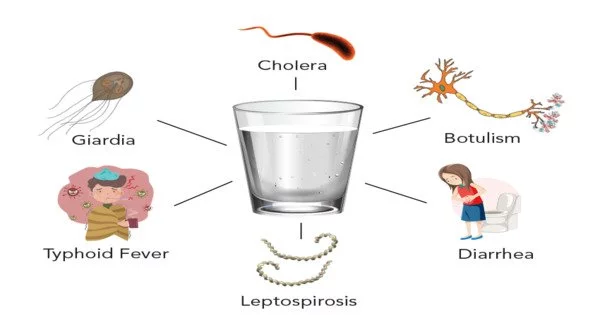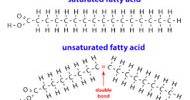Waterborne diseases are illnesses caused by ingesting contaminated water. These are conditions (meaning adverse effects on human health, such as death, disability, illness, or disorders) caused by pathogenic microorganisms transmitted by water. Contaminated water may contain microorganisms such as bacteria, viruses, parasites, and fungi, as well as chemical substances that are hazardous to human health.
These diseases can be transmitted while bathing, washing, drinking water, or eating food that has been exposed to contaminated water. They are a pressing issue in rural areas throughout the world, particularly in developing countries. These diseases are a major global public health concern, especially in areas with poor sanitation and limited access to clean water.
While diarrhea and vomiting are the most commonly reported symptoms of waterborne illness, skin, ear, respiratory, and eye problems can also occur. Waterborne diseases are spread in communities due to a lack of clean water supply, sanitation, and hygiene (WASH). As a result, consistent access to safe drinking water and sanitation is the primary method for preventing waterborne diseases.
Here are some common waterborne diseases:
- Cholera: Cholera is a disease caused by the bacterium Vibrio cholerae that causes severe diarrhea and dehydration. It spreads quickly in areas with poor sanitation and contaminated water sources.
- Dysentery: Dysentery is an inflammatory condition of the intestine, particularly the colon, that causes severe diarrhea with blood and mucus. Shigella and Entamoeba histolytica are two bacteria that can cause it.
- Giardiasis: The protozoan Giardia lamblia causes this parasitic infection. It can cause gastrointestinal symptoms such as diarrhea, cramping, and nausea.
- Cryptosporidiosis: Cryptosporidium is a parasitic protozoan that causes diarrhea. It is resistant to many disinfectants and can be difficult to control in drinking water supplies.
- Typhoid Fever: Caused by the bacterium Salmonella Typhi, typhoid fever is characterized by a prolonged fever, headache, nausea, and abdominal pain. It can be transmitted through contaminated food and water.
- Hepatitis A: This viral infection affects the liver and is often transmitted through the consumption of contaminated water or food. Symptoms include jaundice, fatigue, and abdominal pain.
- Norovirus Infection: Noroviruses are a group of highly contagious viruses that can cause gastroenteritis, leading to symptoms like vomiting, diarrhea, and stomach cramps. Contaminated water is a common transmission route.
Microorganisms that cause waterborne diseases are primarily protozoa and bacteria, many of which are intestinal parasites or invade the tissues or circulatory system through digestive tract walls. Viruses cause a variety of other waterborne diseases.
Prevention
Waterborne disease prevention entails providing safe and clean water, improving sanitation and hygiene practices, and implementing appropriate water treatment and purification methods. Some of the methods used to make water safe for consumption include boiling, chlorination, filtration, and ultraviolet (UV) disinfection. Furthermore, proper sewage disposal and personal hygiene practices are critical in limiting the spread of waterborne diseases. Public health education is also necessary to raise awareness about the importance of safe drinking water and sanitation.
















